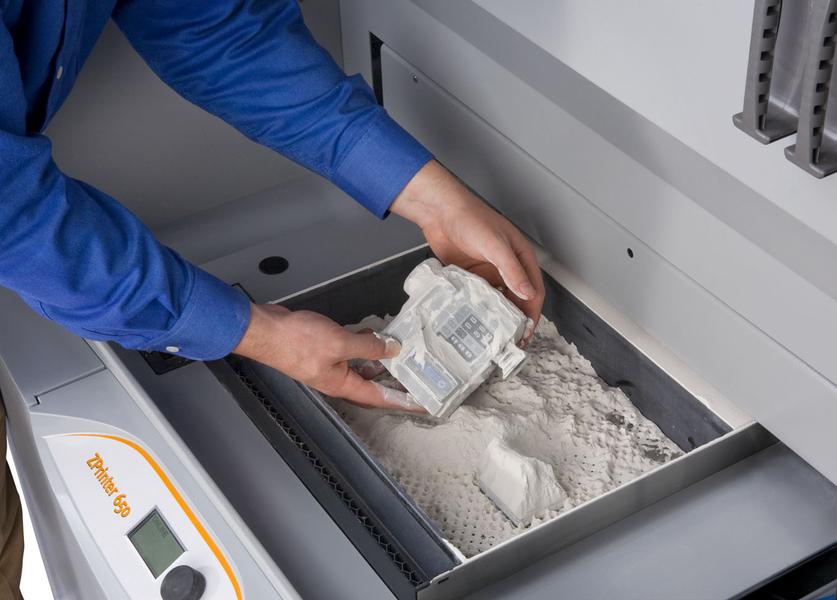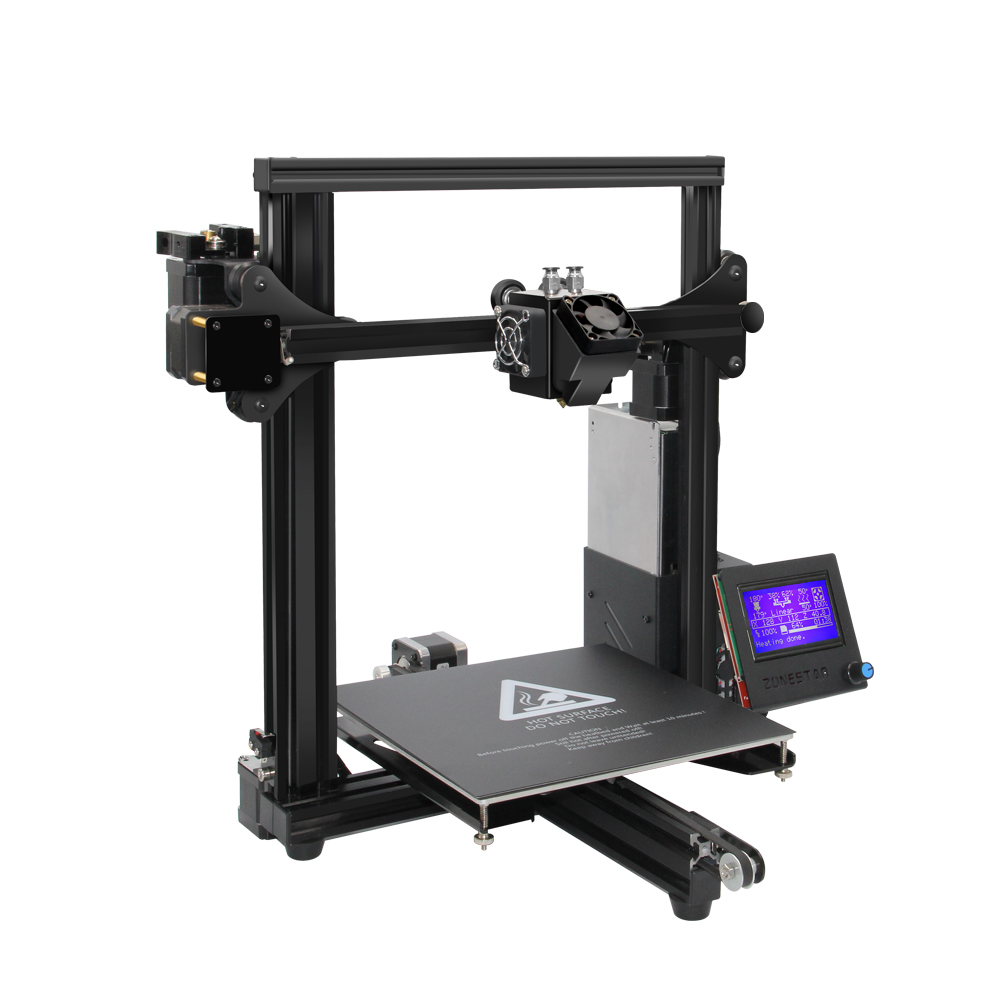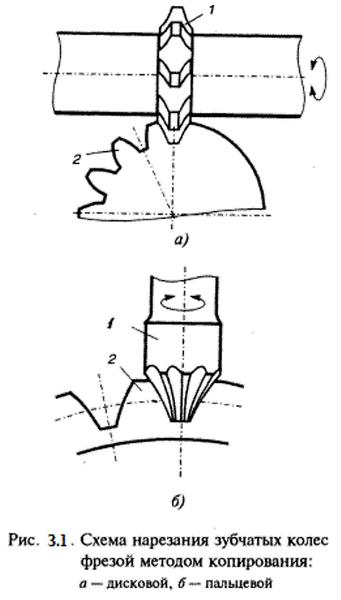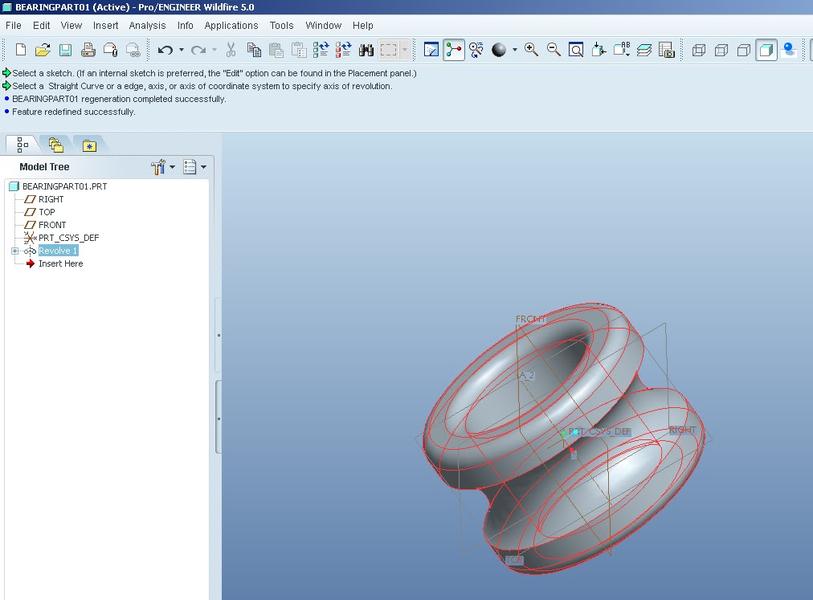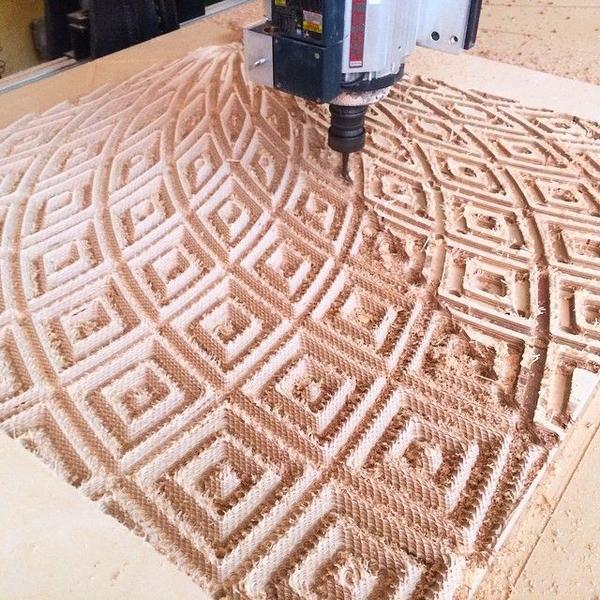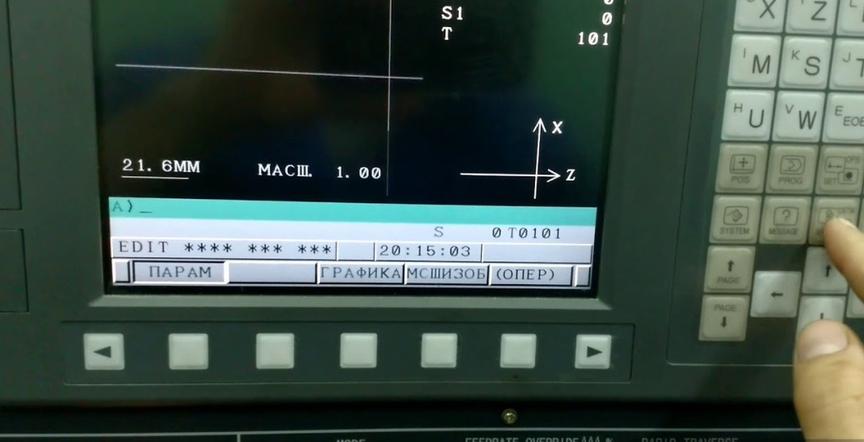The SLS technology is a new trend in 3D printing.
This article will cover the technology of SLS: understanding the theory of selective laser sintering of polymer powders, discussing the advantages and disadvantages of the method, considering the characteristics of SLS printing, and providing an overview of compact 3D printers Sinterit Lisa and Lisa Pro.
- Selective Laser Sintering method
- SLS printing process
- Physical principles of laser selective sintering of powders
- Application and purposes
- Features and advantages of SLS technology
- Materials for SLS printing with polyamide
- Characteristics of SLS printing
- Examples of compact 3D printer models SLS: an overview of Sinterit Lisa and Lisa PRO
Selective Laser Sintering method
The SLS (Selective Laser Sintering) method is one of the most common additive technologies. The principle of the method is the selective sintering of polymer powders with different components by a laser beam.
Laser power in industrial 3D printers can reach 200 watts.
The selective laser sintering method was developed by the scientists Carl Deckard and Joe Beaman back in 1980 at Texas University. The invention was patented by the company DTM Corporation, which was acquired by 3D Systems corporation.
Predominantly heated plastic (polymer) powder is subjected to laser beam for a short period and is sintered with the solidified particles of the lower layer. Process parameter settings allow achieving the necessary porosity and density level of the finished three-dimensional model.
... (Truncated for brevity) ```
